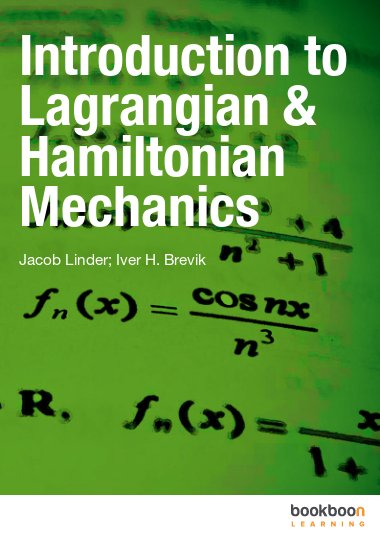In both classical and quantum mechanics, the Lagrangian and Hamiltonian formalisms play a central role. They are powerful tools that can be used to analyze the behavior of a vast class of physical systems. The aim of this book is to provide an introduction to the Lagrangian and Hamiltonian formalisms in classical systems, covering both non-relativistic and relativistic systems. The lectures given in this course have been recorded on video and uploaded on YouTube. At the beginning of each chapter we provide a link to the YouTube-videos covering that particular chapter. It is our goal that students who study this material afterwards will find themselves well prepared to dig deeper into the remarkable world of theoretical physics at a more advanced level. We have carefully chosen the topics of this book to make students proficient in using and understanding important concepts such as symmetries and conservation laws, the special theory of relativity, and the Lagrange/Hamilton equations.


